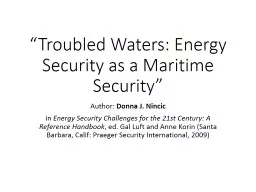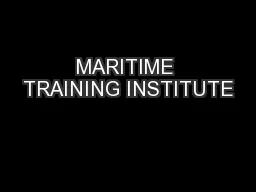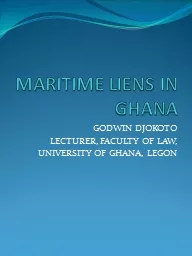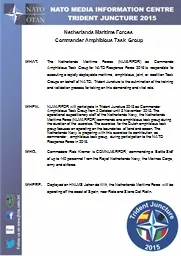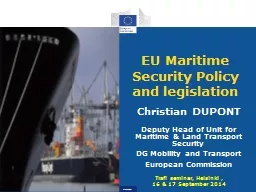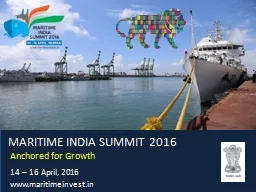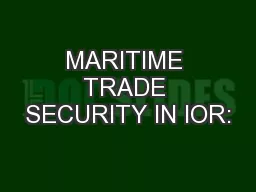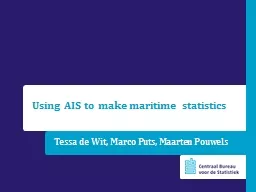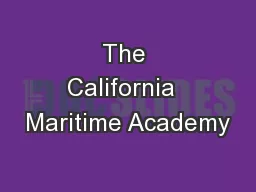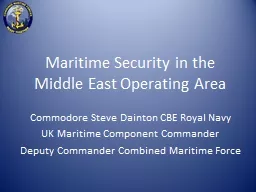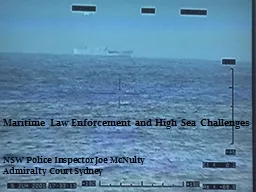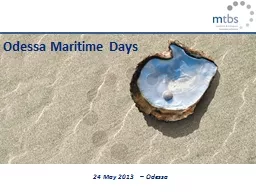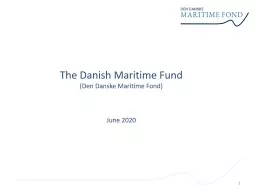PPT-“Troubled Waters: Energy Security as a Maritime Security
Author : lindy-dunigan | Published Date : 2017-04-12
Author Donna J Nincic in Energy Security Challenges for the 21st Century A Reference Handbook ed Gal Luft and Anne Korin Santa Barbara Calif Praeger Security
Presentation Embed Code
Download Presentation
Download Presentation The PPT/PDF document "“Troubled Waters: Energy Security as a..." is the property of its rightful owner. Permission is granted to download and print the materials on this website for personal, non-commercial use only, and to display it on your personal computer provided you do not modify the materials and that you retain all copyright notices contained in the materials. By downloading content from our website, you accept the terms of this agreement.
“Troubled Waters: Energy Security as a Maritime Security: Transcript
Download Rules Of Document
"“Troubled Waters: Energy Security as a Maritime Security"The content belongs to its owner. You may download and print it for personal use, without modification, and keep all copyright notices. By downloading, you agree to these terms.
Related Documents

